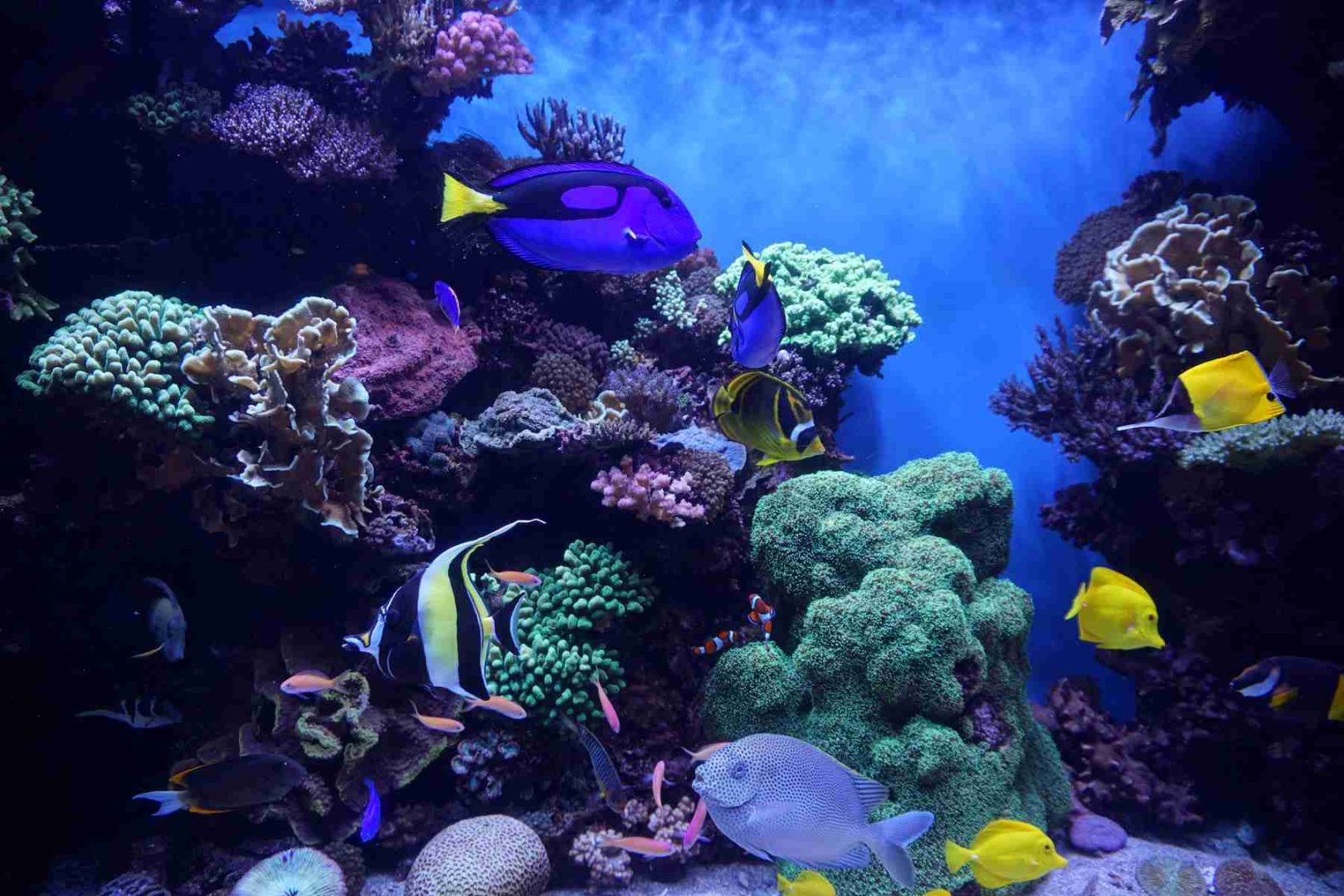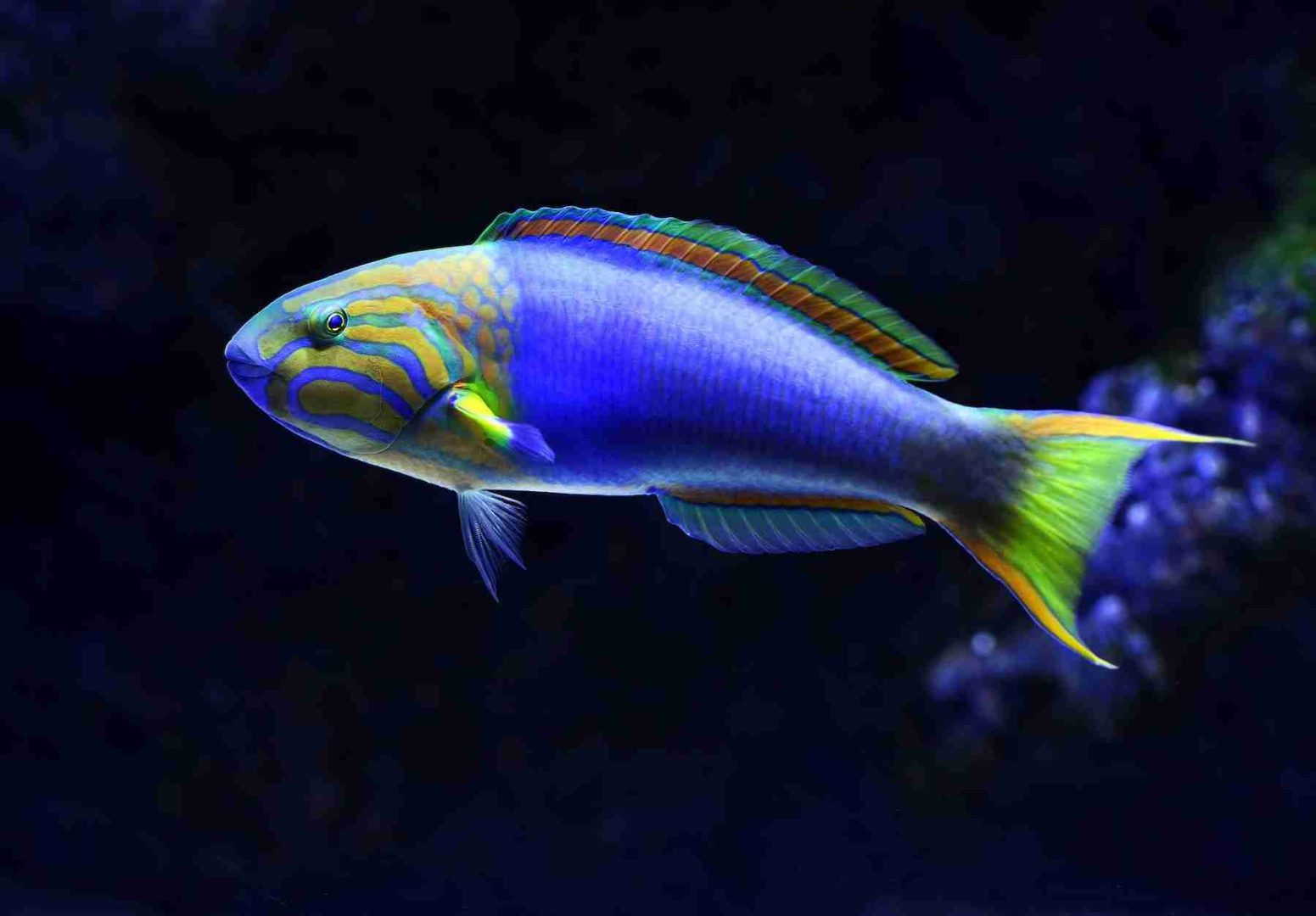A self sustaining aquarium ecosystem is a perfect option for people who want to own fish but do not want to deal with the hassle of cleaning up the tank.
Unlike a typical aquarium, a self-sustaining one does not require as much attention and maintenance. Instead, this type of aquarium uses aquatic plants and other organisms to create a container where all species help to maintain it.
This article provides helpful tips and guidelines to help you get started with setting up your own self-sustaining aquarium. You will learn the following: choosing the right plants and animals, establishing a balance of nutrients, and maintaining proper lighting and water conditions.
Plan Your Low-Maintenance Aquarium Ecosystem

The first thing you need to do when creating a self-cleaning aquarium is to plan out the environment. Here are some ways you can achieve this:
Pick the Best Location
You need to choose a location in your home suitable for your aquarium. This area should not be in direct sunlight and should be stable.
You should also avoid placing the ecological community in areas with heavy foot traffic and extreme temperatures. Lastly, ensure you leave enough room to maintain and clean your aquarium.
Figure Out the Type and Size of Aquarium You Want
You should think about your available space, your budget, and the amount of time you can devote to aquarium maintenance when deciding on the size and type of aquarium you want.
Most people prefer 5-10 gallons, but you can opt for more complex systems with 50 and above-gallon tanks. That said, it is recommended that new fish owners start out with a 20-gallon aquarium.
Select Between Saltwater and Freshwater
Both freshwater and saltwater aquariums are valid options, but it all depends on your preference. Firstly, saltwater aquariums allow you to have a more diverse ecological community with dynamic coral and fish species.
However, you will need to pay more attention to the aquarium and spend more money on equipment. On the other hand, freshwater aquariums are usually more maintainable and affordable, which makes them optimal for beginners.
Use Proper Lighting For Your Self-Cleaning Fish Tank
Lighting in an aquarium has two uses. For one, you need light to help with plant growth. Second, the LED light helps to beautify your tank. Your best bet would be to use LED or fluorescent lighting that allows you to adjust settings so that you can optimize the light to suit the needs of both fish and plants.
Note that having a consistent day-night cycle is essential for regulating the health and behavior of all organisms in your fish tank. Lightning should not be your only concern when it comes to providing a proper day-night cycle for your fish tank. Other factors such as temperature, filtration, and feeding schedule should also be taken into consideration.
Add Suitable Aquarium Plants to Your Fish Tanks
Live plants are vital to a self-cleaning fish tank because they absorb fish waste, provide oxygen, and give your fish shelter.
When adding plants to your aquarium, you should have a variety of slow and fast-growing plants to aid with maintaining the temperature well-balanced. Some top choices include water sprite, java fern, and Anubis.
Furthermore, make sure to add floating plants such as water lettuce and duckweed. These plants help to keep light levels regulated and absorb excess nutrients.
Choose the Right Fish

Selecting the right fish is key to the success of your self-cleaning fish tank. The optimal fish should aid with maintaining your aquarium by ingesting algae and other microorganisms.
You should pick tiny, hardy fish strong enough to survive in various water conditions and do not reproduce frequently. For example, you could select the eye-catching Ember Tetra or Guppy.
Avoid overstocking your tank because if you have too many fish in your tank, it can affect the balance. As a rule of thumb, you should only have one inch of fish per gallon of water. You are not obligated in any way to stick to this general rule. Instead, you should add fish based on what your aquarium requires.
Consider Adding an Automatic Feeder
Another thing you can do to make your self-cleaning aquarium more automated is to include an automatic feeder. You can opt for a WIFI-controlled automatic fish feeder for a more hands-off experience.
Keep in mind that you should test the system first and ensure not to overestimate the amount of food your fish can finish in a minute or two. This is because if you overfeed your fish and there’s excess left over, it is likely that the water in the tank will become toxic.
Maintain the Aquarium
After setting up your self-cleaning aquarium, you need to take some measures to maintain it. Here are some of those measures:
Pay Attention to Water Parameters
Although you’ve taken measures to ensure your environs is balanced, you need to check on its water conditions to make sure it remains balanced. You can do this by testing for pH, nitrate levels, nitrite, and ammonia. A standard aquarium test kit can help you monitor water conditions. Also, be sure to keep a log of your results.
Maintain a healthier environment
Be sure to perform routine maintenance activities like trimming overgrown plants, cleaning air pumps, and changing water filters. Additionally, change about ¼ of the water in the tank every two to four weeks to ensure the water remains pristine. Make regular checks to ensure the efficient operation of your equipment.
Remember that a Self Cleaning Aquarium Ecosystem Takes Time
Owning a self-cleaning aquarium is exciting, but you need to realize that it takes time to fully develop. Therefore, you should avoid putting fish and other organisms too early.
Instead, allow your plants to grow properly and for helpful bacteria to colonize the tank first. The process may take weeks or months, but being patient is the only way to make sure your self-sustaining eco-community comes out successful.
Aquariums that have CO2 injection can house more fish than aquariums without it, but it’s important to monitor the CO2 levels to avoid harming the living creature.
Why Do You Need Water Changes?
It is extremely important to keep the water clean in your fish tank. For this, you need to understand how the nitrogen cycle works. The nitrogen cycle is the process by which beneficial bacteria break down harmful toxins in the water.
It is crucial to maintain a healthy nitrogen cycle in your tank to ensure the well-being of your aquatic pets. The beneficial bacteria that live in the substrate, soil, gravel, filter media, and any other surface will convert ammonia into nitrites and eventually turn them into nitrates.
If you do not have clean water in your tank, you will need to transfer the fish from one tank to another. This can be stressful for them and should be done carefully to minimize harm.
Conclusion
Owning a self-cleaning fish tank has both environmental and aesthetic benefits. It also allows you to enjoy being a pet owner without having to perform heavy maintenance tasks. For example, nerite snails and mollies can help you control algae without human interference.
The best thing about this project is that anyone can complete it. So, if you want to bring some nature into your home but don’t want to put in much work, a fish tank is a good option. Lastly, water column, sand, and other micro-organisms will need to be monitored.
Last Updated on 25/04/2023 by Karen Snow
Hi! I’m Karen and a certified dog lover. As a freelance writer and blogger, I do my best to squeeze in some time with my dogs, learning more about the way they act and how I can make sure that they continue to stay well-cared for by yours truly.
My dogs have helped me through a lot, and this is my way of giving back to them! Besides animals, I also love to travel and cook, having explored my country’s restaurants and unique places. Follow me as I show you all the amazing tips and bits of information I learn along the way about our furry friends!
